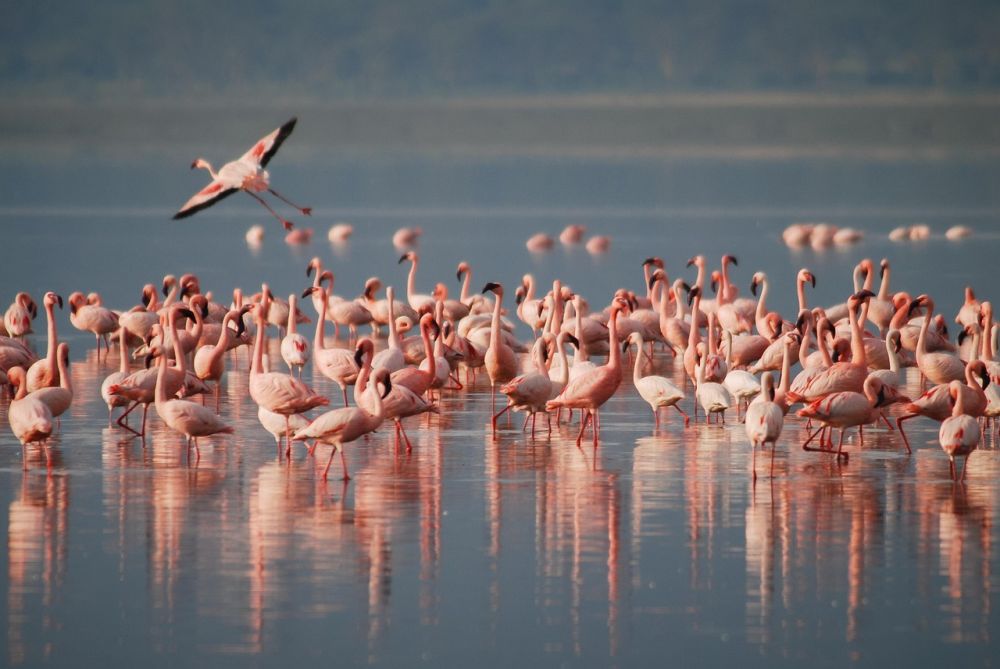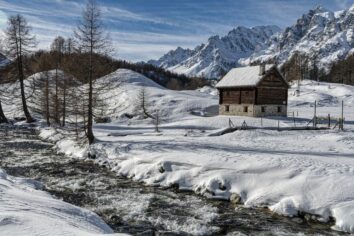Resa till Tanzania – Upptäck det Vilda Afrika

Resa till Tanzania Upptäck det Vilda Afrika
Introduction:

Tanzania, located in East Africa, offers travelers a unique and unforgettable experience with its diverse landscape, stunning wildlife, and rich cultural heritage. In this comprehensive article, we will delve into the various aspects of traveling to Tanzania, including an overview of the country, different types of trips available, popular destinations, and quantitative measurements. We will also discuss how these trips differ from one another, providing a historical overview of the advantages and disadvantages of each type of journey.
Overview of Traveling to Tanzania:
Tanzania, bordered by Kenya, Uganda, Rwanda, Burundi, Zambia, Malawi, Mozambique, and the Democratic Republic of Congo, is known for its vast savannahs, incredible wildlife, and the iconic Mount Kilimanjaro. The country offers a myriad of experiences for nature enthusiasts, cultural explorers, and adventure seekers alike.
Comprehensive Presentation of Traveling to Tanzania:
1. Safari Experiences:
Tanzania is renowned for its exceptional safari opportunities, allowing visitors to witness the famous Big Five (elephant, lion, leopard, buffalo, and rhinoceros) in their natural habitat. The country boasts numerous national parks, including the world-famous Serengeti National Park and Ngorongoro Conservation Area, where travelers can embark on thrilling game drives, witness the Great Migration, and encounter a diverse range of wildlife.
2. Mount Kilimanjaro:
For adventurous trekkers, conquering the majestic Mount Kilimanjaro is a must-do. Rising to an impressive 5,895 meters, it is Africa’s highest peak and offers breathtaking panoramic views and an unforgettable sense of accomplishment.
3. Zanzibar:
Located off the coast of Tanzania, Zanzibar is a tropical paradise renowned for its pristine white-sand beaches, turquoise waters, and vibrant culture. Travelers can indulge in water activities such as snorkeling and scuba diving, explore historic Stone Town, and relax in luxurious resorts.
Quantitative Measurements of Traveling to Tanzania:
When planning a trip to Tanzania, it is helpful to consider some quantitative measurements to enhance the overall experience:
1. Duration of Stay:
The ideal duration for a trip to Tanzania depends on the traveler’s preferences and chosen activities. On average, a two-week stay allows for a comprehensive exploration of the country’s main highlights, including safari experiences and a visit to Zanzibar.
2. Budget Considerations:
Tanzania offers a range of accommodation options, from luxury lodges to budget-friendly campsites. It is essential to determine a suitable budget for accommodation, meals, park fees, and transportation to ensure a comfortable and enjoyable trip.
3. Climate and Weather:
Tanzania experiences distinct wet and dry seasons. The dry season, from June to October, offers optimal game viewing opportunities, while the wet season, from November to May, provides lush landscapes and lower tourist numbers.
Discussion on the Different Types of Traveling to Tanzania:
Traveling to Tanzania can be tailored to suit diverse preferences and interests:
1. Wildlife-centered Safaris:
For wildlife enthusiasts, a safari-focused trip is a perfect choice. These trips primarily revolve around game drives and wildlife encounters, allowing travelers to witness the richness and diversity of Tanzania’s fauna.
2. Cultural Immersion:
Some travelers may prefer immersing themselves in Tanzania’s rich cultural heritage. This type of trip includes visits to local Maasai tribes, experiencing traditional dances and ceremonies, and exploring vibrant local markets.
3. Adventure and Outdoor Activities:
For adrenaline seekers, Tanzania offers an array of adventure activities such as hot air balloon safaris, hiking Mount Kilimanjaro, camping under the stars, and taking on thrilling water sports in Zanzibar.
Historical Overview of Advantages and Disadvantages of Different Types of Traveling to Tanzania:
Over time, different types of trips to Tanzania have evolved, each with its own set of advantages and disadvantages:
1. Advantages of Safari-focused Trips:
– Unparalleled wildlife viewing opportunities.
– In-depth knowledge and expert guidance from experienced guides.
– Immersion in the natural beauty and serenity of Tanzania.
2. Disadvantages of Safari-focused Trips:
– Higher costs due to park fees, accommodation, and transportation.
– Limited interaction with local communities and cultural experiences.
3. Advantages of Cultural Immersion Trips:
– Insight into the rich cultural heritage and traditions of Tanzania.
– Meaningful interactions with local communities.
– Opportunities to contribute to community-based tourism initiatives.
4. Disadvantages of Cultural Immersion Trips:
– Limited wildlife viewing opportunities.
– Potentially limited access to modern amenities in remote areas.
Conclusion:
Traveling to Tanzania offers a multifaceted experience, combining exceptional wildlife encounters, cultural immersion, and thrilling adventure opportunities. By considering the various types of trips available and their unique advantages and disadvantages, travelers can plan a journey tailored to their preferences. Whether exploring the breathtaking landscapes on a safari, conquering Mount Kilimanjaro, or indulging in the tropical paradise of Zanzibar, Tanzania promises an unforgettable adventure in the heart of wild Africa.
Explore Tanzania – A Land of Wonders
Types of Trips to Tanzania
Quantitative Considerations for Your Trip
Tailoring Your Tanzanian Experience
Advantages and Disadvantages of Different Types of Trips
FAQ
How long should I plan to stay in Tanzania?
What are the popular destinations in Tanzania?
What is the best time to visit Tanzania?
Fler nyheter
Stugor i Grövelsjön: En fjällpärla i Sverige
Resa till Tanzania Upptäck det Vilda Afrika Introduction: Tanzania, located in East Africa, offers travelers a unique and unforgettable experience with its diverse landscape, stunning wildlife, and rich cultural heritage. In this comprehensive articl...
03 maj 2025
Skolresa till Gotland: Upptäck Öns Mångfald
Resa till Tanzania Upptäck det Vilda Afrika Introduction: Tanzania, located in East Africa, offers travelers a unique and unforgettable experience with its diverse landscape, stunning wildlife, and rich cultural heritage. In this comprehensive articl...
07 september 2024
Att hitta den rätta mäklaren på Mallorca
Resa till Tanzania Upptäck det Vilda Afrika Introduction: Tanzania, located in East Africa, offers travelers a unique and unforgettable experience with its diverse landscape, stunning wildlife, and rich cultural heritage. In this comprehensive articl...
07 september 2024
Flyga till Skottland: En Komplett Guide för Resenärer
Resa till Tanzania Upptäck det Vilda Afrika Introduction: Tanzania, located in East Africa, offers travelers a unique and unforgettable experience with its diverse landscape, stunning wildlife, and rich cultural heritage. In this comprehensive articl...
18 januari 2024











